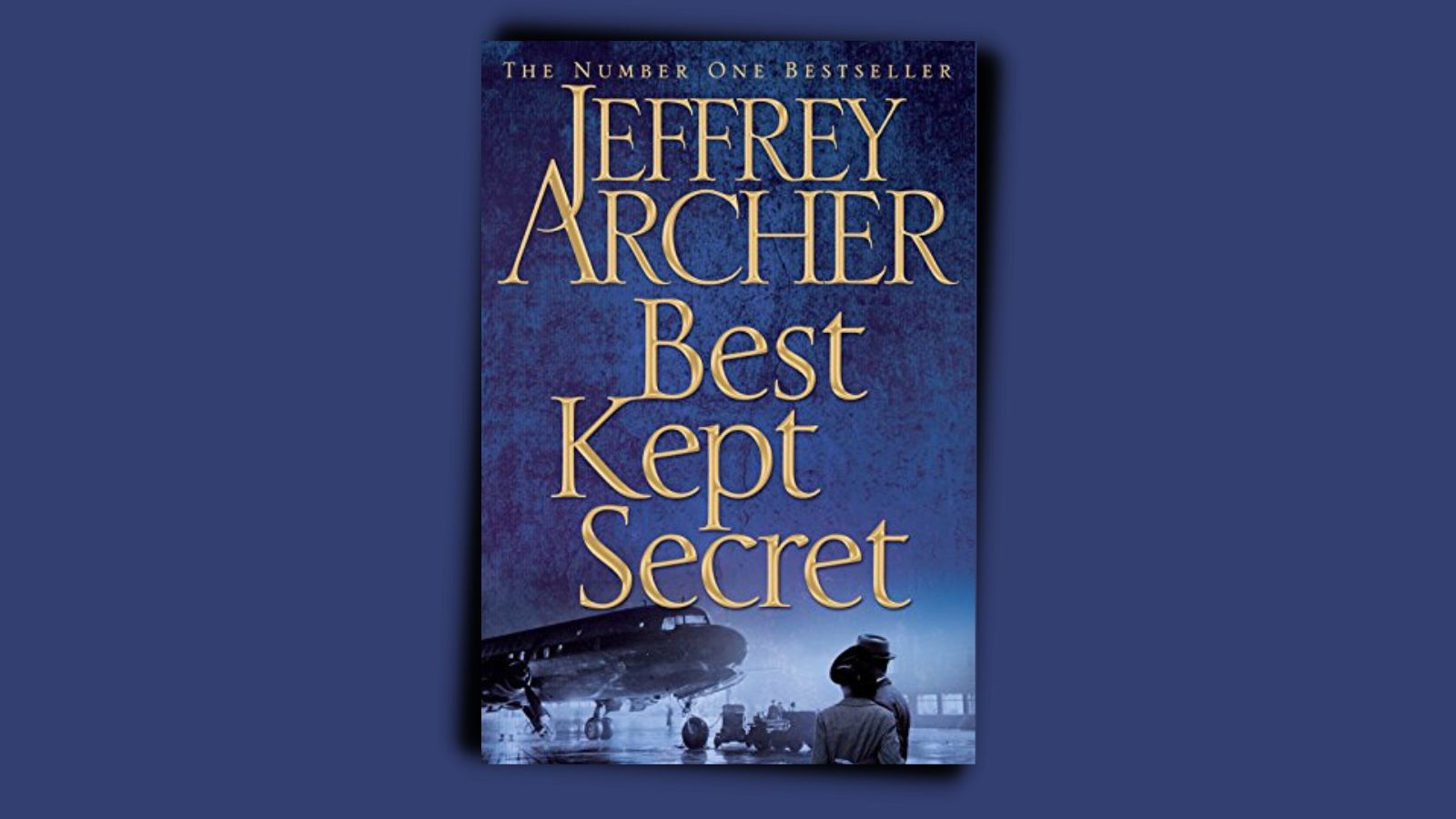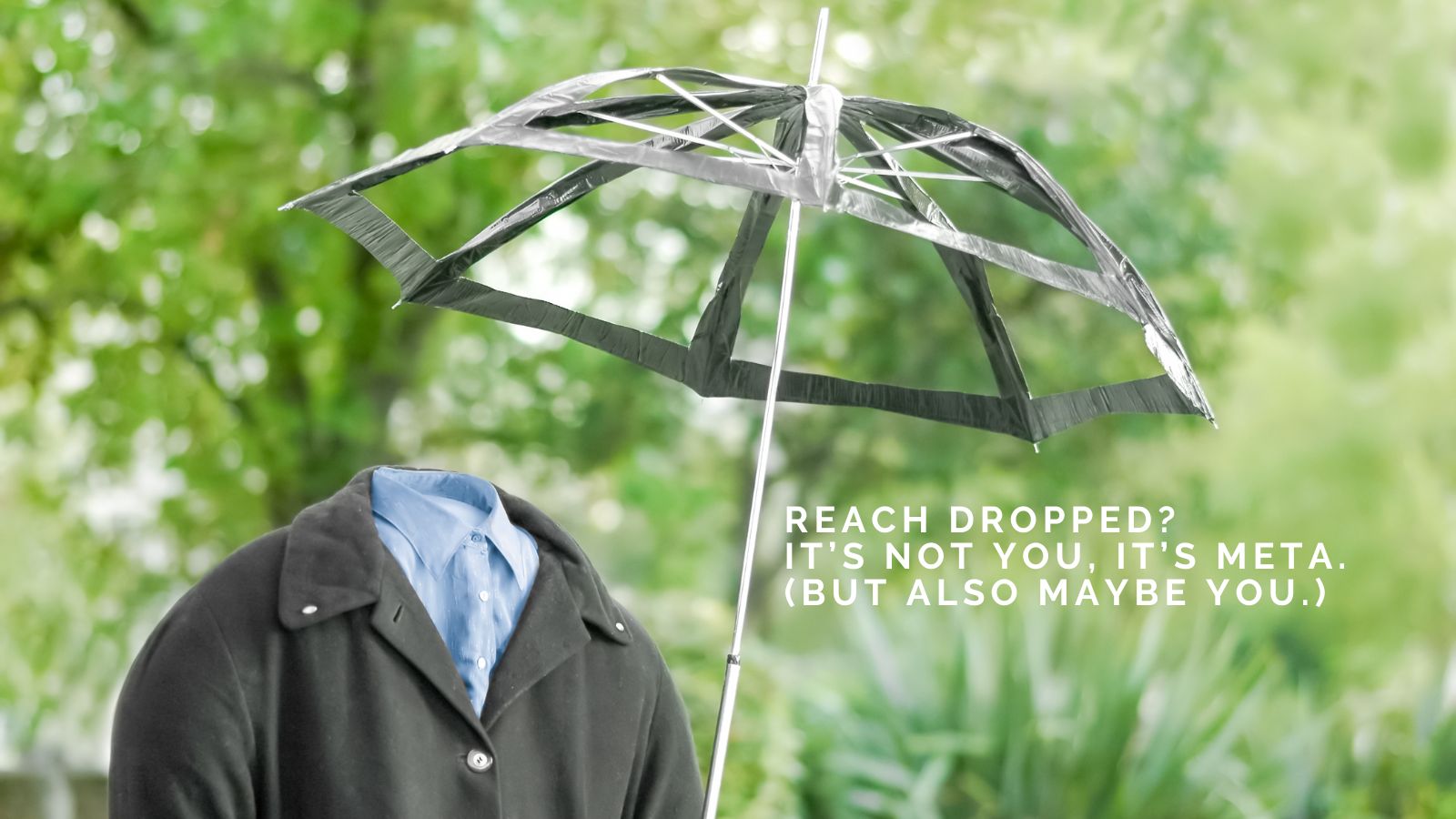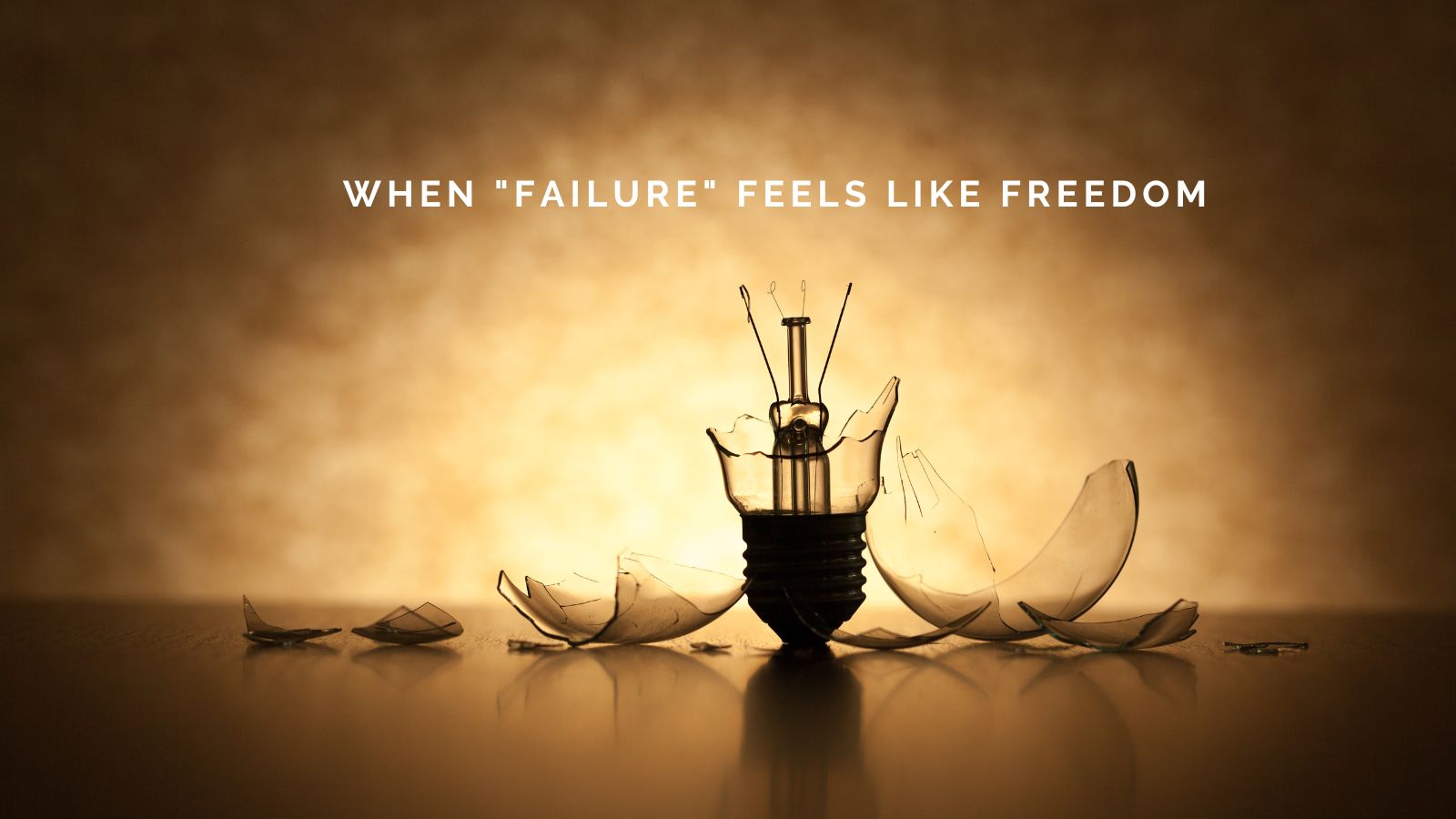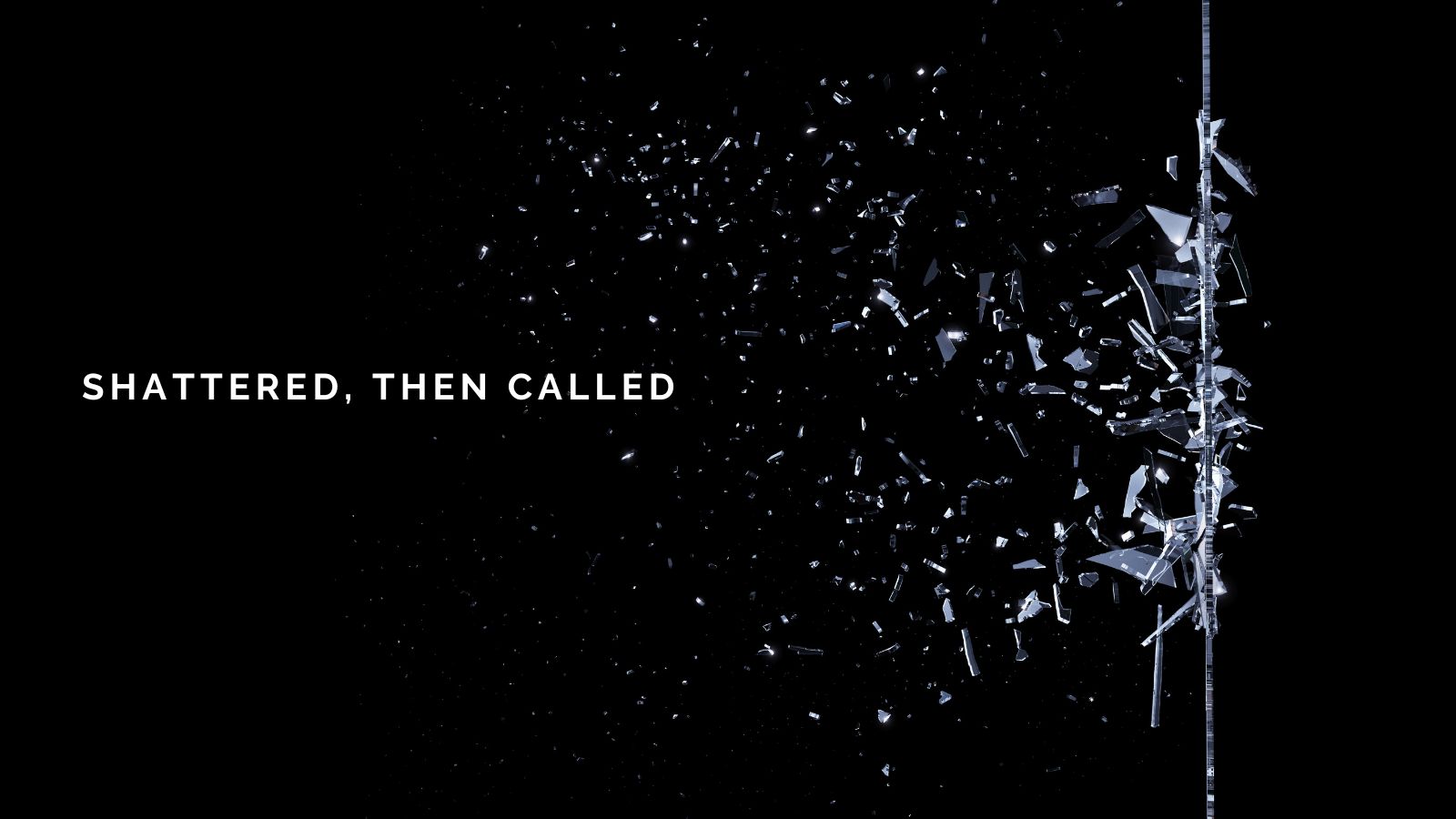
Ah, Final Destination 4 —also known as The Final Destination (because apparently slapping a “The” on it adds gravitas). If you’ve followed the franchise from its adrenaline-pumping origins in 2000, then you’ll know that by the time we arrive at this fourth instalment, the Grim Reaper’s Rube Goldberg-style murder machines are starting to feel a bit…well, rusty.
Let’s dive into the chaos, shall we?
The formula remains the same: someone has a vision of a horrific mass death, freaks out, saves a handful of people, and then watches in helpless horror as Death reclaims them one by one, in the most convoluted ways imaginable. This time around, we’re at a NASCAR-style racetrack (because apparently, nothing screams “American fear fantasy” like a car crash and hotdogs).
Nick O’Bannon (played by Bobby Campo) is our central premonition-haver, joined by girlfriend Lori (Shantel VanSanten), sarcastic best mate Hunt (Nick Zano), and a handful of unlucky strangers. They escape a flaming stadium collapse, only to meet their fate through explosions, escalators, and eye surgery gone wrong. As you do.
Now, let’s be honest: the acting here wouldn’t win any Oscars… or even a Teen Choice Award. The performances feel as flat as a Final Destination pancake death. Bobby Campo gives it a go, bless him, but there’s not a whole lot of character depth to work with. Shantel VanSanten does her best to emote beyond the paper-thin dialogue, while Nick Zano plays a caricature of “bro with issues” so hard it’s borderline parody.
Side note: This was my least favourite of the franchise, precisely because the acting didn’t carry the suspense or emotional weight the previous entries balanced with such grim elegance. It all feels like a placeholder for gore.
From a technical standpoint, Final Destination 4 was made with a big gimmick in mind—3D. Yes, this was the franchise’s attempt to jump on the 3D bandwagon circa 2009. That means objects come flying at the screen like it’s a ghost train ride: coins, blood, jagged metal poles. In 2D, it looks laughably forced. In 3D, well…it’s still mostly daft.
That said, the cinematography by Brian Pearson leans into the sterile, exaggerated colour grading of the time—slick, clinical, almost plastic. It works for the theme of fate’s cold efficiency, but it lacks the moody, grounded grit of earlier films. The editing, particularly in the death sequences, is sharp and energetic, but sometimes sacrifices coherence for the sake of spectacle.
At its core, the Final Destination series is a meditation on mortality, fate, and the illusion of control. But while the earlier films—particularly the first and second—grappled with existential dread and survivor’s guilt, Final Destination 4 treats death more like a carnival game. There’s less philosophical rumination and more “how many body parts can we scatter across the screen in under 90 minutes?”
Still, Death remains an invisible, omniscient antagonist, and the series’ trademark chain-reaction kills are symbolic of life’s fragility. Here, though, the symbolism gets buried under over-the-top visuals and one-dimensional characters. The franchise's ironic morality (bad people die in worse ways) continues, but the nuance is gone.
Chronologically, Final Destination 4 doesn’t directly tie into the original trilogy in terms of characters or events. Unlike FD2, which cleverly looped back to the original via Clear Rivers and the Flight 180 connection, and FD3, which nodded to earlier victims, FD4 feels like a standalone spin-off that uses the formula without the legacy.
Even Tony Todd’s creepy undertaker, William Bludworth—often seen as a spiritual narrator of Death’s plan—is conspicuously absent here. No gravelly voiceovers. No cryptic warnings. Just a group of strangers and a checklist for Death.
Despite the critical panning (and I do mean panning), Final Destination 4 cleaned up at the box office, grossing over $186 million worldwide on a $40 million budget, thanks largely to the 3D ticket prices and morbid curiosity.
It didn’t win any major awards, unless you count a Teen Choice Award nomination for “Choice Summer Movie: Horror/Thriller”—which it didn’t win. Most critics agreed it was the weakest entry to date, citing lacklustre acting and uninspired writing, though the special effects and kills still drew morbid applause from fans.
There wasn’t massive drama behind the scenes, but it’s worth noting that David R. Ellis, who also directed Final Destination 2, returned to helm this entry. His eye for kinetic, ridiculous death sequences remains strong, but the script didn’t give him much to elevate. The film was one of the first horror flicks shot entirely in RealD 3D, which caused technical and logistical headaches on set.
Also interesting: the original ending was different. Test audiences disliked it, so the studio reshot the finale, including a new twist involving a café and an X-ray machine (yes, really). It’s all a bit messy, and you can feel the studio’s hand trying to shape something final without quite delivering.
Final Destination 4 is a loud, gory rollercoaster that delivers splatter but skimps on soul. While it technically ticks the boxes of the franchise’s formula—premonition, narrow escape, creative deaths—it lacks the cleverness, emotion, and connection of its predecessors.
If you’re here for inventive fatalities and flying debris, it might scratch that itch. But if you’re after suspense, character, or existential chills like the first film delivered in spades, you’ll likely walk away feeling unsatisfied.
Still, at least it sets the stage for Final Destination 5, which—surprisingly—redeems the franchise with a killer twist and a return to form. Fun? Yes. Good? Not really. Memorable? Only for the wrong reasons.






















